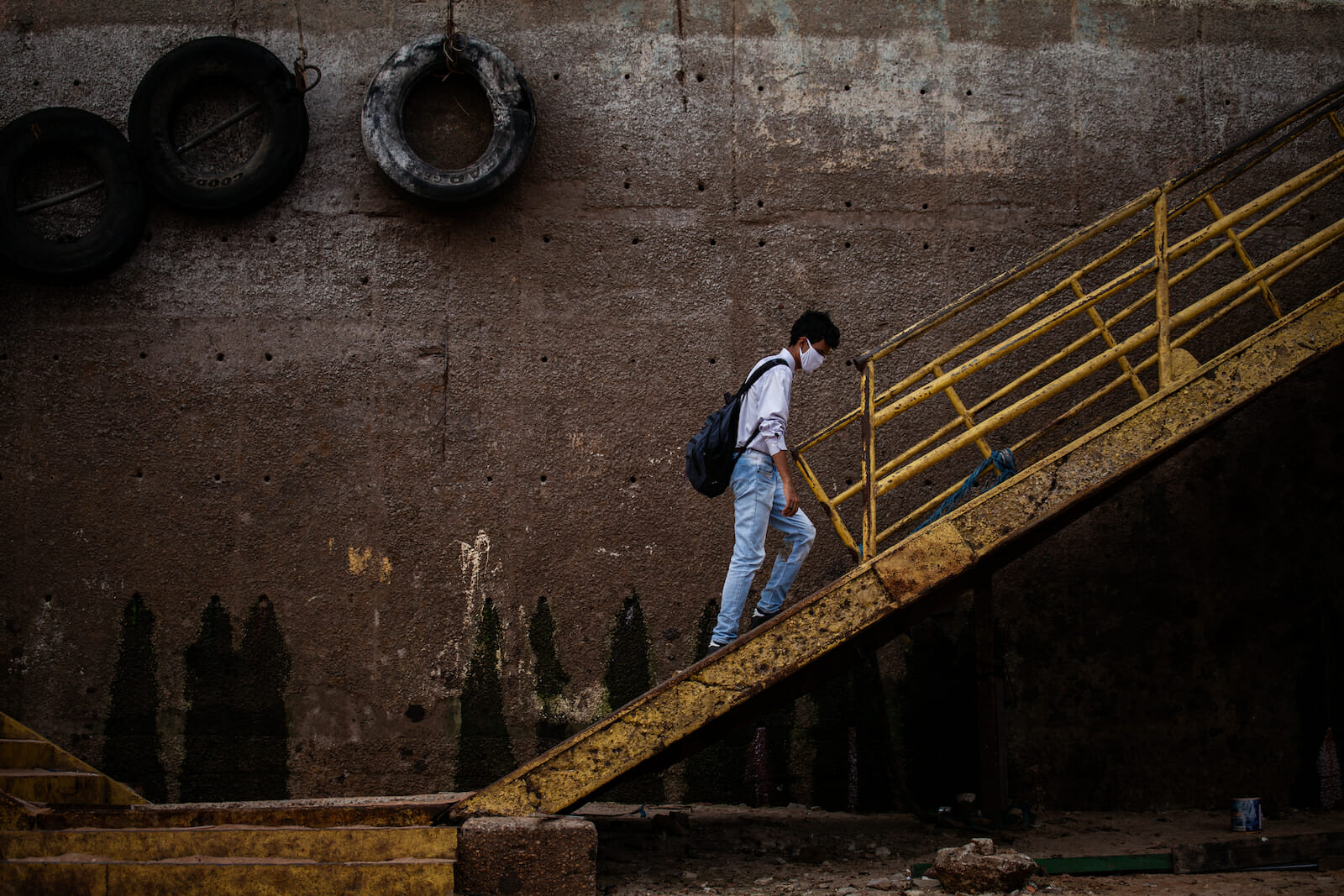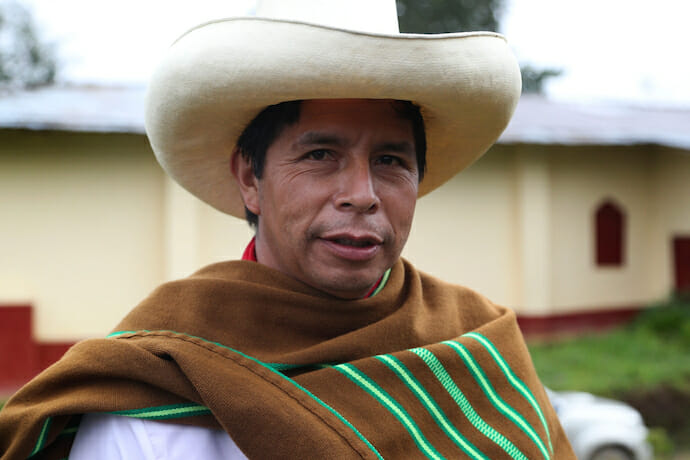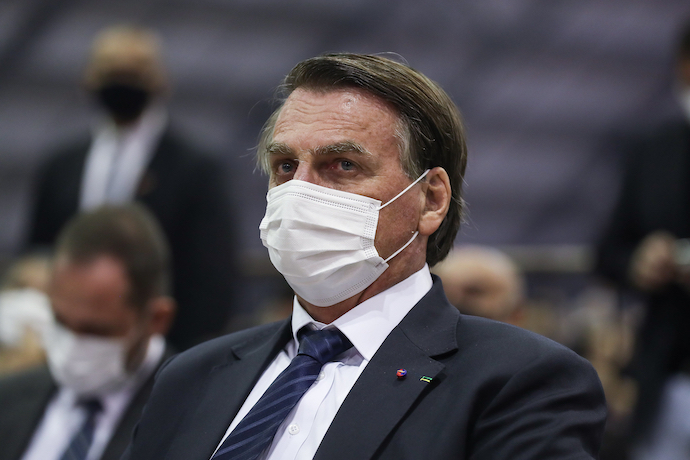
Uncertain Politics in Latin America
Politics may be about to get more difficult in Latin America. Elections in recent months have thrown up results which have been surprising, but also may hinder governance. Protests have also been taking place in several countries which pose a challenge to their leaders.
In Ecuador, for example, Guillermo Lasso, a banker, defeated former President Rafael Correa, the leftwing candidate. However, Lasso entered office last month with his party holding fewer seats in the National Assembly than before the election and outnumbered by the opposition.
In Peru, the situation for the left and right is reversed. There, the little-known leftist, Pedro Castillo, defeated Keiko Fujimori by just over 44,000 votes out of a total of 17.6 million – prompting Fujimori to claim fraud, despite providing no evidence. But Castillo will find it difficult to govern. Although his party won more seats than the others, it is still outnumbered in Congress. It is likely that Castillo may well face impeachment before the end of his term of office, joining two other presidents who were similarly removed in the past three years.

In Chile, massive protests at the end of 2019 had prompted the conservative government of Sebastián Piñera to agree to revisit Chile’s constitution. But the elections for the assembly that will rewrite the constitution last month were a loss for his and the other established parties. Although conservative parties won more votes, they received their lowest share of the vote since 1989, while the mainstream centrist and leftist parties did even more poorly. The biggest winners have been independent candidates. Many of them are new to politics, which means that it is uncertain what the eventual constitution will look like.
In Colombia, widespread protests have been ongoing since the end of April. They began in opposition to the government’s healthcare plans and proposed tax increases to fund it. The cost would have been felt strongly by the population, 42 percent of whom earn less than $90 a month and with 25 percent of those aged 28 years and younger unemployed. So far, six people have been killed as a result.
Meanwhile, in Brazil, demonstrations have been building against President Jair Bolsonaro and his poor response to the COVID-19 pandemic since the start of the year. In February, a congressional inquiry was started to investigate the government’s failed handling of the pandemic while at the weekend, thousands took to the streets in various cities to condemn Bolsonaro for allowing the number of COVID-related deaths to pass half a million.
Woah. Massive nationwide protests in #Brazil against Bolsonaro Gov. as Covid-19 deaths surpass 500,000 (2nd highest globally after US). 44 cities protested this weekend, calling for his resignation.
The scene in São Paulo: pic.twitter.com/EvFZsZKXi5
— Joyce Karam (@Joyce_Karam) June 20, 2021
While some of the current developments occurred independent of COVID – for example, the timetable for presidential elections or the origins of the Chilean constitutional reform – others are linked to the pandemic, as in Colombia and Brazil. But regardless of their source, both the health crisis and politics have become increasingly intertwined. Furthermore, it looks set to get worse.
For a start, Latin America is currently experiencing rising rates of infection. Brazil leads the way with 18 million cases, which is also the third-largest number in the world. Argentina and Colombia, with around 4 million cases each and 89,000 and 100,000 deaths respectively, rank eighth and tenth globally, followed by Mexico (2.5 million cases and 23,000 deaths) and Peru (two million cases and 190,000 deaths) in fifteenth and seventeenth place.
At the same time, Latin American governments are perceived to be responding both slowly and ineffectively towards the pandemic. Like other governments around the world, those in Latin America adopted a policy of lockdowns and redistributive measures to support populations unable to leave home and work. But while social protection measures reached around 49 percent of the population in Latin America and contained the surge in poverty, it has not been comprehensive. Many have not been covered by this assistance, with around 38 percent of workers excluded, rising to more than 60 percent among those working in the informal sector.

According to the IMF, Latin America saw a deep contraction of GDP as a result of the pandemic last year more than any other region, by 7 percent compared to 3.3 percent globally. Although the region began to recover in the second half of 2020 and is expected to post a growth rate of 4.6 percent, it will still be lower than the 5.8 percent rise expected for emerging countries (excluding China).
The slower recovery has meant that even with the social protection measures in place, poverty rose, affecting 19 million people across the region. Inequality, which had declined as a result of the commodity boom and redistributive measures during the century’s first decade, has also gone into reverse with the region 5 percent more unequal than it was at the start of the pandemic.
Moreover, the IMF warns that the effect of COVID may not be short-term. A third of those who lost jobs last year have yet to regain them while for those aged between 10 and 19 years, the loss of schooling risks seeing their incomes fall by 4 percent over their lifetimes.
Latin America has also been slow in the main measure to contain COVID transmission this year through lower vaccination rates. While the percentage of people in Western countries who have achieved full vaccination has been growing, from 26 percent in Italy, 30 percent in Germany, 45 percent in the U.S., and 46 percent in Britain, they continue to be much lower in Latin America. In Brazil, 11 percent of the population is fully vaccinated, along with 9 percent in Colombia, 8 percent in Argentina, and 7 percent in Peru.
Only in Chile have the vaccination rates been more positive, with nearly 50 percent of the population fully vaccinated. Yet even this has not been enough to improve Piñera’s approval rating – as the constituent assembly elections confirmed. For many Chileans, the high vaccination rates do not resolve what many saw as social protection that was both insufficient and late. That could have significant repercussions for the Piñera’s conservative base later in October when Chileans return to the polls to elect a new president. If the results in May are anything to go by, Chile may deliver another surprise.
More worrying, however, may be what happens in Brazil over the next year. Now that former President Lula de Silva has been cleared to run for his old seat by the Supreme Court, he constitutes the main challenger to Bolsonaro. In response, Bolsonaro has already started to prepare the ground to reject that possibility, by saying Lula can only win through fraud and thus undermining the integrity of the electoral process there.
